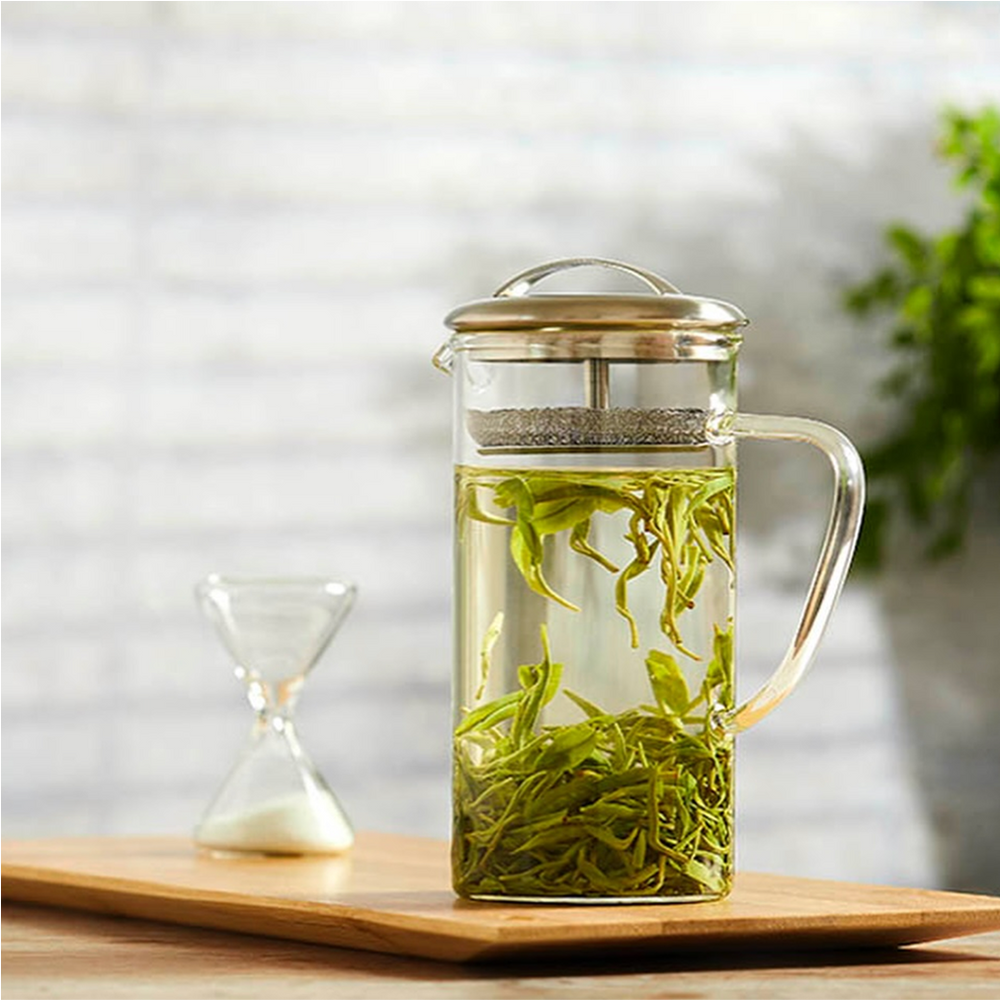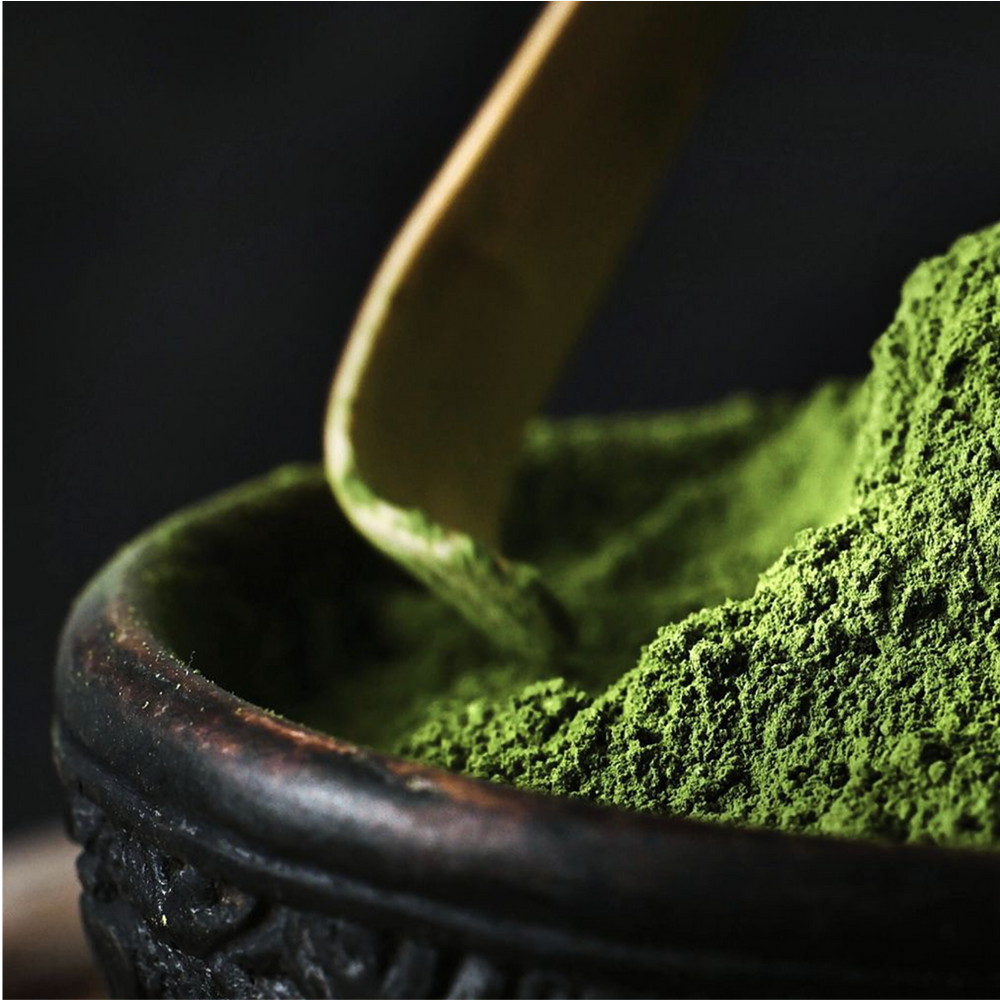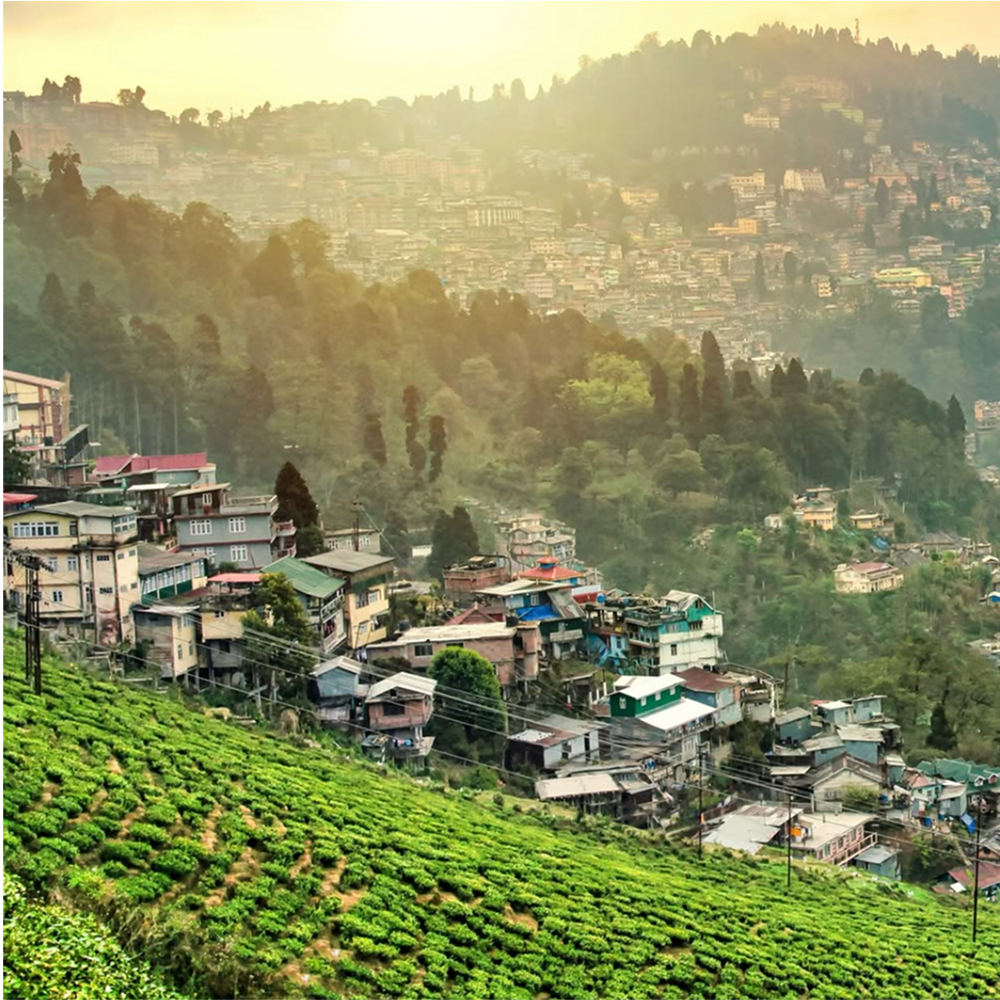To Boil or Not to Boil: Water Temperature for Tea Explained
Tea has been a cherished ritual across cultures for centuries, but at JING, we believe it's about more than just sipping a warm drink. It's an experience, a voyage that takes you on a global journey through the depths of history, culture, and the untold stories woven into the very leaves you steep in your cup.
The Art of Temperature
The vibrant world of tea holds many secrets, and one of its most significant is the temperature of the water used to brew it. Each type of tea has its own ideal temperature, a delicate balance that releases the essence of the leaves without overpowering their subtle nuances. Imagine travelling to the mist-laden hillsides where our hand-picked teas are grown, each sip uncovering a new layer of flavour.
We'll take you through each type of tea, so you know the optimal way to prepare it for the ultimate tea experience.
Green Tea: The Gentle Warrior
Green tea, adored for its delicate notes, demands a gentler touch: water heated to just 70°C to 80°C is where it thrives. This temperature encourages the gentle unfolding of spinach, silk, and umami notes. As the water greets the leaves, you're invited to a serene hillside, where legends whisper of dragons nestled in ancient wells.
Oolong: The Harmonious Balance
In contrast, our oolong tea stands as a testament to balance, requiring water heated to around 85°C to 90°C. It mirrors the harmony found within the lush, protected plantations of Ali Mountain, where the mist cradles these leaves in its embrace. Here, the creaminess of milk oolong dances with the fresh notes of high mountain tea, much like a well-rehearsed symphony.
Black Tea: The Bold Explorer
If you prefer the bold, robust character of black tea, it embraces the full 100°C boil, a befitting tribute to its rich, maltiness. Our Red Dragon loose leaf tea, emerging from UNESCO World Heritage terraced landscapes, is a prime example. It embodies the pioneering spirit of Yunnan, enticing you with notes reminiscent of caramel, lychee, raspberries, and malt.
White Tea: The Elegant Revelation
White tea, often referred to as a transcendent revelation, blooms under a temperature of 80°C to 85°C. Picture the quiet night-time process of our Jasmine Silver Needle, where the most tender buds lie beneath jasmine flowers, absorbing their aroma under the moonlit sky of Yunnan.
Why JING?
At JING, we are on a mission to revolutionise the way the world thinks about and experiences tea. We go beyond mere commodity to deliver single garden teas that capture the unrivalled tastes of their origins. Our close relationships with tea masters lead to unique flavours that captivate the senses and transport tea lovers to far-off lands.
Explore the Ceremony of Tea
Our exceptional teas, sourced from the world's most prestigious regions, combined with stunning teaware, bring the ceremony of tea into your home. To truly discover the depth and vitality of this miraculous leaf, one need only follow the path of water temperature—a subtle yet profound element that transforms tea from a drink into an experience.
Take a moment to savour the stories, sensations, and subtleties that make JING tea extraordinary. As you explore our range, let each cup be a step into a world where every sip tells a tale.





Leave A Comment